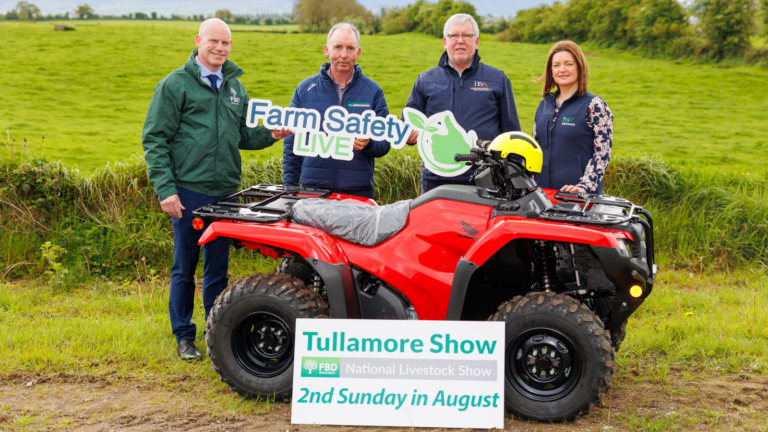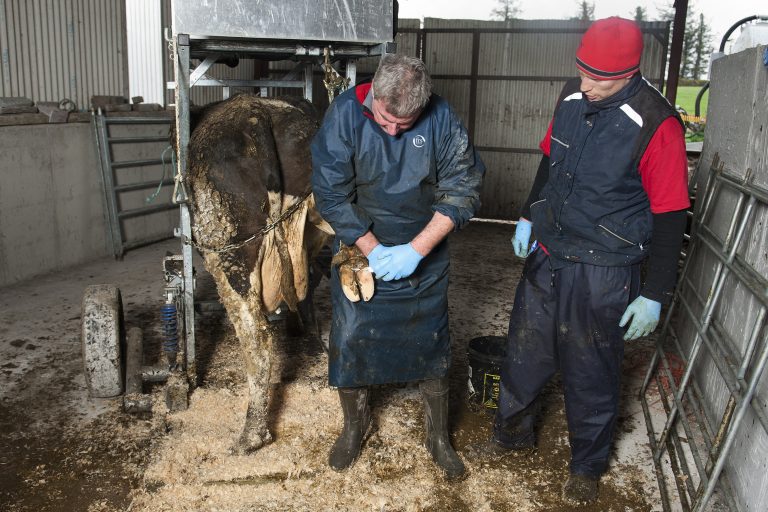We have seen many crops of first cut silage completed over the last few weeks. With the season starting a little later than usual, silage contractors were under pressure to complete jobs before a break in the weather. Now, farmers turn their attention to preparing for the second cut with a particular focus on getting slurry out.
For grass growth, slurry is a commonly used fertiliser. It is high in potassium and silage fields need this to replace the large quantities removed in the silage crop. With some farmers having to rehouse animals this Spring, farms may have a more slurry than other years. Time pressure is also an element as farmers want to ensure that grass gets slurry before grass cover becomes too strong.
HSA Figures
From 2011-2020, HSA figures show that there were 8 fatalities directly linked to slurry and agitation. Regardless of the pressure being put on contractors to complete jobs, safety must remain a top priority for all contractors, farmers, and farm staff.
Stay Safe While Agitating
Firstly, tanks may need to be agitated before slurry can be drawn. This is a dangerous task as highly toxic gases can be produced when the slurry is stirred. If inhaled, it can be fatal to both animals and humans. A simple safety guideline to adhere to is EVA – “Evacuate and Ventilate before you Agitate”.
Farmers must evacuate all animals and people from the shed. Warn anyone else on the farm that agitating is taking place and put up any necessary warning signs. It is important to ventilate the shed by opening all doors, feed gates and any other air outlets available. Only agitate on days when there is a good breeze to help ventilation. Agitating should be done at an upwind and ideally slurry should not rise within 30mm of slats. At this point, the slurry should be ready for the spreader. Always try to have a second person close by in case of emergencies and do not smoke or light a naked flame.
Taking Care While At Slurry
Make sure the slurry tank and tractor are in a good working order with all correct covers on the P.T.O etc. Once again, put-up warning signs before starting to take out slurry. Take care to open any manhole opening and make sure to cover once the task is completed. Be aware of the risk of a back injury if trying to lift heavy objects i.e slats in a shed.
Farmers or contractors should never enter the slurry tank or any confined space unless they are wearing suitable breathing apparatus and/ or a harness attached to a lifeline controlled by at least two other adults positioned outside of the area.
Safe Machinery Practice
While working with large machines, farmers and contractors must always be fully alert. Always practice the safe stopping method and take care to apply the handbrake correctly. Always check the controls before laving the vehicle. If employing farm help or drivers, ensure they are fully competent to drive in the farm and on roads.
Care needs to be taken at all times when farming and we encourage farmers to avail of extra help when needed. FRS Farm Relief provide a range of services including reliable farm aid to help during busy periods. Contact your local FRS Farm Relief office for more information. www.frsfarmrelief.ie




